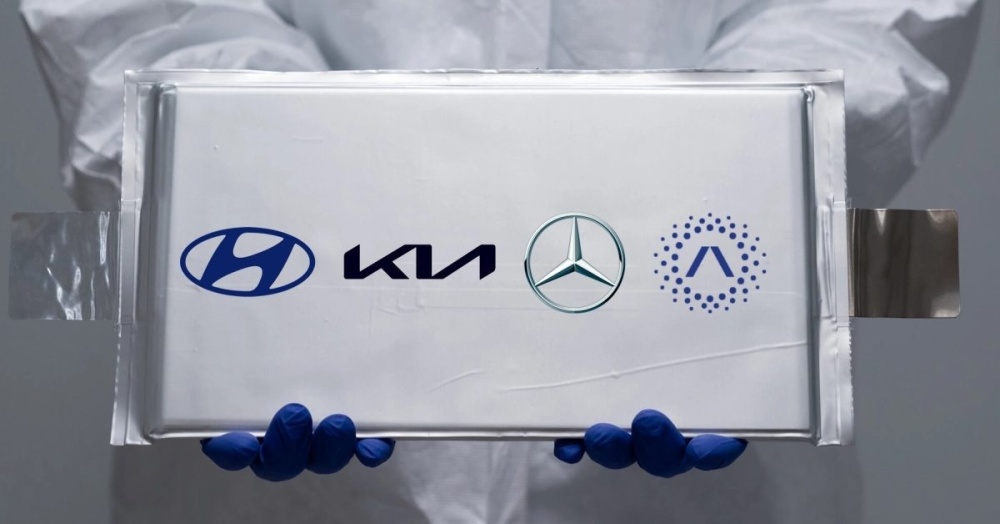Factorial Energy has had a major 4th quarter as they secured Agreements with Stellantis, Daimler, Hyundai and Kia to use their 40Ah battery packs in their electric vehicles.
The company backed by major investors such as Former President and CEO of Ford Motor Company, Mark Fields; former senior advisor to the Obama Administration's presidential task force on the Auto Industry, Harry Wilson and investment firms Gatemore Capital Management and Wave Equity Partners have enabled Factorial to jump from a tech startup doing research to a commercial production company.
Factorial Energy has stated that for EVs to go from a global 4% capture of the global car sales market to a dominate primary auto, buyers need to see dramatic price and performance improvements in the battery systems. Factorials proprietary battery breakthrough called FEST (Factorial Electrolyte System Technology) is a solid electrolyte material that enables save and reliable cell performance with high-voltage and high-energy density electrodes. FEST is safer than conventional current EV battery technology. Fest battery packs have yielded a 20 to 50% improvement in driving range without sacrificing pack longevity and are easy to integrate into existing supply chains.
Earlier this year, Factorial Energy has stated that several major automotive partners were validating their technology in real world auto testing. This clearly has completed as they currently announced agreements with Stellantis, Daimler, Hyundai and Kia for jointly developing from the cell-level to modules and vehicle integration production of their 40Ah solid state battery cells.
Factorial Energy with their new partners is building plants around the world to ramp up production for new EVs that are coming out through 2025.
Every company is taking a different approach to working with Factorial Energy. Daimler is looking to use it in a limited series to get EVs out onto the market as they R&D and work to build their own batteries. Hyundai and Kia look to use this company in all EVs as one of many suppliers in getting EVs into mainstream use and purchasing. Stellantis has stated these batteries will be used across the whole company portfolio from Americus brands, to European, Asian and into Africa. Stellantis sees these solid-state batteries as a starting point for mass adoption of global EVs.
As Factorial likes to state, for ages, the promise of an affective, safe solid-state battery has been the ultimate unattainable goal - ideal, enticing but always out of reach.
Consider this Quote:
"The storage battery is, in my opinion, a catchpenny, a sensation, a mechanism for swindling the public by stock companies."
The speaker: Thomas Edison, The year: 1883.
138 years later, that sentiment has held true.
Factorial Energy has invested heavily in solid-state battery research over the past 6 years and their process is a practical customer-driven solution, a balanced performance-profile solid-state cell that scales at a reasonable cost. Applications perfect for this solid-state battery cell are EVs, Hi-Spec such as electric planes and stationary storage.
Transformational solid-state battery technology that is empowering a sustainable future with the highest performance and safest batteries for electric vehicles, homes and critical applications is the message from Factorial Energy.
Join the Future!
Solid-state Battery & Technology News | Factorial (factorialenergy.com)
Solid-state batteries: Mercedes-Benz teams up with Factorial Energy - Daimler Global Media Site






-3707742431.jpg.06edf8e14f4ccf35c60d4774a543cc11.jpg)



Recommended Comments
Join the conversation
You can post now and register later. If you have an account, sign in now to post with your account.
Note: Your post will require moderator approval before it will be visible.